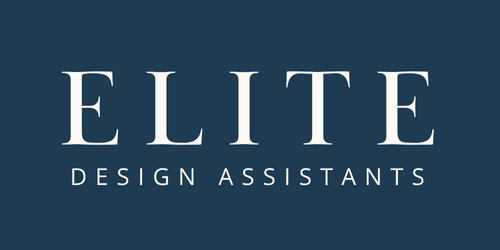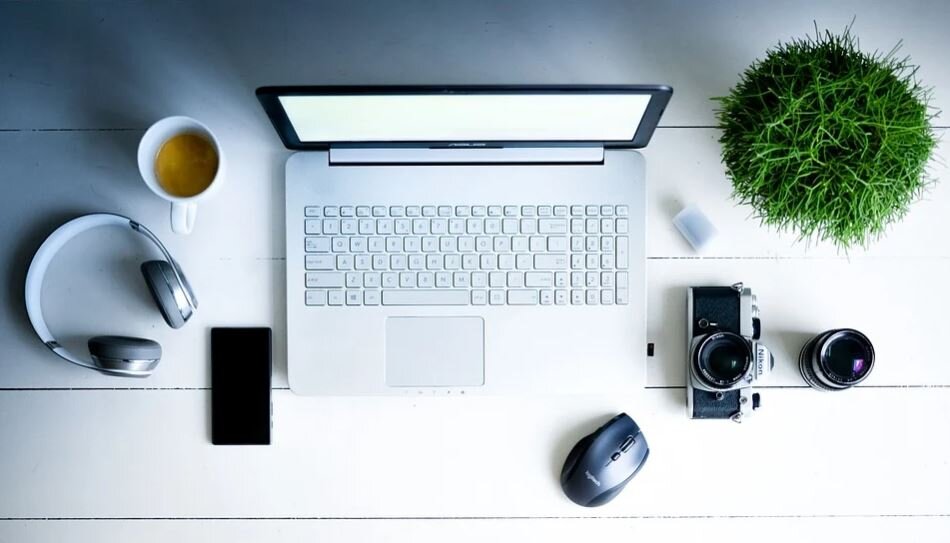Jack of All Trades, Master of None
/I’ve always hated the saying – Jack of all trades, master of none. I can do many things really well, so I almost take it as a slap in the face when I hear this. I know many, many people who are masters of a lot of things. Look at interior designers for instance – not only do you have to be good at designing things you have to be good at rendering, drafting, sourcing, social media, marketing, copyrighting, bookkeeping, administration, customer service, web design, graphic design, coordinating schedules and a number of other things I know I’m missing.
There are several interior designers who are really good at every aspect of their business but the real question is are there several interior designers who are passionate about all of it? Most likely not. So, although I don’t agree with the saying – Jack of all trades, master of none – I do think that as individuals we are more passionate about certain aspects of our business, which in turn shows up in our work.
And even though some of us are masters of a lot, we no longer have time to be. This is exactly why at Elite Design Assistants the virtual design assistants (VDA) can specialize in certain areas. They can work on what they are passionate about and it does make them quicker, more efficient and masters of their niche.
If you don’t want to do it all, maybe you don’t need someone else who can do it all, too. Many of my clients are finding great success using multiple VDAs. They might have one who focuses on photorealistic 3d renders, a second that focuses on administration and a third that focuses on social media.
Some of our VDAs are so niched down that they specialize and prefer to do CAD drawings and renders for kitchens only. While some VDAs focus on construction documents and specs, others focus on website design or SEO or branding or sourcing. Since we offer many services, we have a lot of experts in each area of the interior design business.
If you hire a VDA to do QuickBooks, she very likely will not be the same VDA you hire to do your 3d renders. QuickBooks for the interior design industry is a unique skill set due to the multiple moving pieces in that business. Most personality types who do really well in QuickBooks don’t also do well with creating renders.
These options are what make it possible for you to grow your business. You know you’re getting an expert in the tasks that you most need help with.
Maybe the saying should be changed to - Jack of all trades, passionate about one. I could get on board with that. ;)
** Although I do typically recommend getting a VDA for each niche, I do have a few unicorns on my team so I’m never quick to count anyone out. Just as a designer truly can be gifted enough to do it all and love it– on occasion we find a VDA that can, too.
















